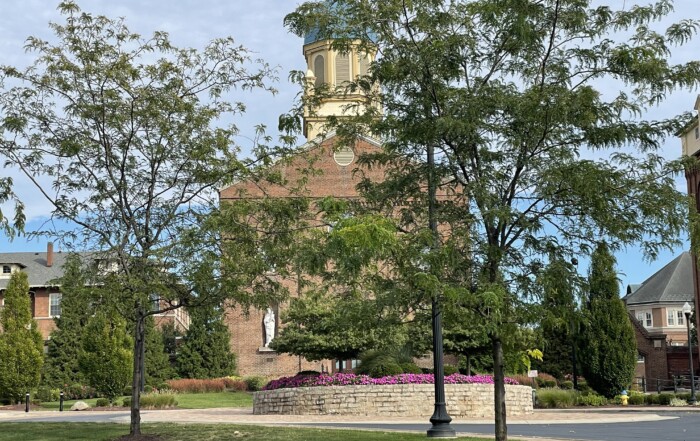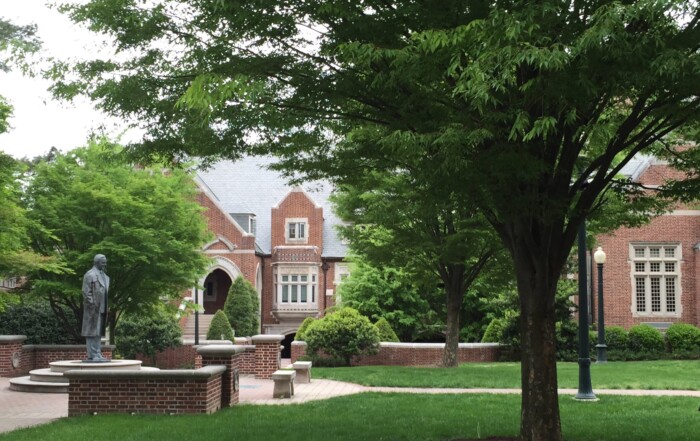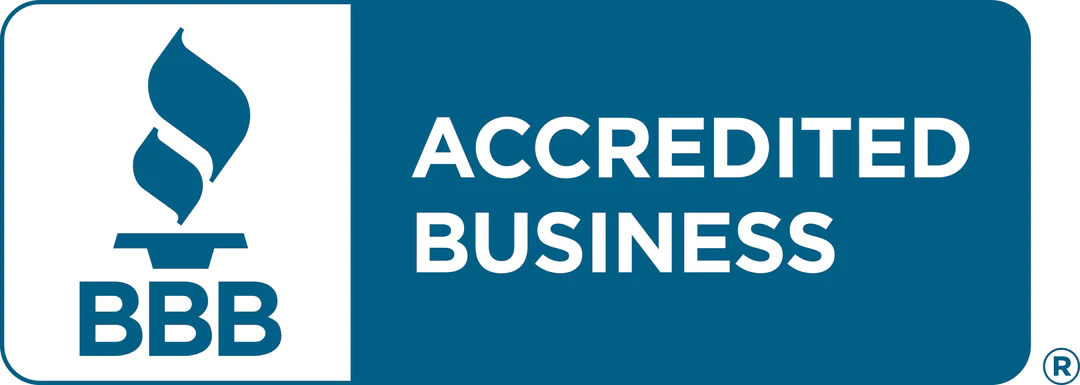College Admissions Tips and Guidance
Lessons From Early Applications: An Analysis of the Results to Date

Explore Our Articles
Recent Posts
Popular Categories
Get In Touch
On Social
By Phone or Text
(617) 734-3700
By Mail or Email
1678 Beacon Street
Brookline, MA 02445
By Form
Educational Advocates
Our objective is to guide the family in finding options where the student will not only get admitted, but thrive and find success once on campus.
Lessons From Early Applications: An Analysis of the Results to Date
With each admissions cycle, more and more students are opting to apply to a college under an early admissions plan. An astounding number of students are admitted early at some colleges and universities, sometimes leaving less than half the remaining spots for regular decision applications.
 Before we examine the implications of this data, here is a quick primer on the various early application options: early decision (ED) is for students who want to apply early (typically by November 1) to a single college under a binding plan. That means if they are admitted, they must attend that college and withdraw any other applications that they previously submitted. An early plan that is not binding is early action (EA). Students find out in December (sometimes January) whether they are admitted, but are free to apply to other colleges and have no commitment to attend the early action institution. Under restrictive/single-choice early action, students apply early and find out if they are admitted in December; however, they are not permitted to apply early action or early decision to any other college with the exception of state universities. (It is important to read the fine print, as policies vary from college to college.) Under this restrictive early action plan, students are still free to apply elsewhere under regular decision (RD) and are not obligated to attend the early school if admitted.
Before we examine the implications of this data, here is a quick primer on the various early application options: early decision (ED) is for students who want to apply early (typically by November 1) to a single college under a binding plan. That means if they are admitted, they must attend that college and withdraw any other applications that they previously submitted. An early plan that is not binding is early action (EA). Students find out in December (sometimes January) whether they are admitted, but are free to apply to other colleges and have no commitment to attend the early action institution. Under restrictive/single-choice early action, students apply early and find out if they are admitted in December; however, they are not permitted to apply early action or early decision to any other college with the exception of state universities. (It is important to read the fine print, as policies vary from college to college.) Under this restrictive early action plan, students are still free to apply elsewhere under regular decision (RD) and are not obligated to attend the early school if admitted.
The following are observations about recent early application cycles:
Selective Colleges Filling Their Class Early. Duke University accepted 24% of their ED applicants this fall, filling 50% of the class of 2021. If you break that down, Duke received 3,561 ED applications and accepted 861 students. Based on last year’s numbers, they expect to receive as many as 28,000 regular decision applications to fill the other 861 seats. According to research done by independent college consultants Jeff Levy and Jennie Kent American University accepted 87.2% of its ED applicants for the class of 2020. They filled 39.5% of the class, so the many more applicants who applied regular decision faced much higher standards for acceptance as the RD acceptance rate fell to 32.4%. Finally, Middlebury College recently offered 343 spots to ED students for their class of 2021 at an acceptance rate of 51%. That leaves 362 spots for the rest of the applicants. Their regular decision acceptance rate was 15.6% last year, so a student whose first choice is Middlebury would have by far the best chance of admission by applying early.
Revenue-Driven Colleges Offer Early Advantage. Most colleges are concerned about meeting revenue goals and many will admit a significant proportion of the early applicants for this reason. At such colleges, it might be possible to be admitted with a slightly lower-than-average academic record if one applies early decision. According to Joe Petrizzi, Assistant Director of Admissions at Elon University, “Elon admitted 90% of its early decision applicants for the class of 2021 and 63% of its early action applicants.” Clearly there is an advantage to applying early decision over early action if Elon is of high interest.
Early Decision Replacing Early Action? Providence College’s ED acceptance rate last year was 87.2% and these students represented only 16.6% of the freshman class. Early action and regular decision students were accepted at a rate of 56.2%. However, the situation at Providence changed this cycle. They added an Early Decision II deadline and have decreased the number of students accepted early action. As schools that offer both ED and EA become more popular/selective, they are likely to eventually eliminate early action.

Every college handles admissions decisions differently, so it is important to know the college’s history of ED.
Low Advantage. Some non-binding early action colleges such as MIT and Cal Tech admit early at a rate only slightly higher than the overall admit rates. This suggests that there is very little advantage to an early application at these schools (unless it is truly your first choice). MIT’s general admittance rate was 7.9%, with the early pool admitted at 8.4% and the regular pool at 7.3%. These are not large differences, but the expression of early interest could enhance an individual application. While Cal Tech only accepts 14% of its early applicants, their overall admission rate was 9% last year, thus interested and qualified early applicants should not be discouraged from applying to this ultra-selective college.
Early Action details:
Some competitive state universities evaluate applications on a “rolling” basis or as they come in. Thus, it is important to send your complete application to those schools as soon as you can. Others have an early action period that ends in October. Some state schools such as the University of Texas at Austin begin accepting applications as early as August of senior year. Be aware of colleges’ different application pools and deadlines.
Some of the more selective Catholic universities, Georgetown, Notre Dame, Boston College and Villanova, offer early action but not early decision. The early action pool in this instance is actually MORE competitive than their regular decision pools. Note that “Georgetown strategically keeps its early action acceptance rate lower than that of the regular acceptance rate…. Georgetown accepted 11.9 percent of its 7,822 early action applicants to the Class of 2021” while the “overall acceptance rate for the Class of 2020 was around 16.4 percent.”
A Sensible Approach To Early Applications. One misconception about early decision is that it will propel a student who is well under the accepted student profile (grades, test scores, course rigor) into the admit pile. The truth is that most of the successful early applicants at selective colleges were very strong candidates regardless of the early advantage. They applied early to further increase their chances and distinguish themselves from their peers—not to get an edge at a somewhat unrealistic dream school. For example, a student who would have been a very good early candidate at Colgate decides to apply early decision to U. Penn. He/she might get deferred or denied and then regret not having applied early to Colgate in the first place. That student may now be competing in the regular decision pool against many more applicants for the same or fewer spots.
Beyond just thinking about chance of admission, it is also important to feel confident that the school is a good fit before applying to a binding early decision program. Will Costa toured many schools over last year’s April vacation, and said, “No school clicked like Bucknell did. I loved the campus, the academic offerings, the size, and the people – the whole vibe.” When it came time to apply, he felt it was mutually advantageous to be able to apply early decision (demonstrating the ultimate level of interest) and receive an early response from his first choice school. This option helps other applicants and institutions too, because Will also submitted several early action applications from which he withdrew or declined offers. This frees spots to be offered to other candidates.
The Impact of Athletes and Legacies. When athletes are recruited, they are often asked by coaches to apply early. Likewise, the son or daughter of an alumnus (legacy) will sometimes be encouraged to apply early as well. So when looking at the percent of students admitted early to a given college, particularly a highly selective one, keep in mind that half of those admitted may have some kind of connection (a major donor, child of a person of influence) or be recruited athletes or performing artists. If you do not fall into any of these categories then your chances will be lower than the data makes it appear. Harvard is a great example of this. When you consider that their regular decision admit rate last year was under 4%, it would be easy to look at the chart and say, “Wow, Harvard admitted almost 15% of its early applicants, so I am a shoo-in if I apply by November 1st.” However, a good number of those early admits are athletes and legacies. Further, students who were originally admitted from the high school class of 2016 and asked to take a gap year will fill many of the remaining spots in next fall’s class. That is the reason why it takes more than strong grades in rigorous courses and top SAT/ACT scores to get into the top tier of colleges.
Financial-Aid Jeopardy. If a student needs a generous financial aid package, the binding early applications are not a good option (except at the most highly selective universities and colleges that meet 100% of need) because by applying early decision, students will not be able to compare financial and merit aid offers from multiple colleges. Although FAFSA has moved its opening date to October 1st of a student’s senior year so that early applicants can be advised of a college’s financial aid offer with their early notifications, early decision applicants who are admitted never get to see the offers from colleges where they might have been accepted regular decision.
Juniors thinking ahead to next fall should be clear on the realities of early plans before making a commitment. Keep the analysis of early applications in perspective. There will be many excellent colleges interested in admitting you.
By Joan Casey, Rebecca Kenney, and Cathy Costa








